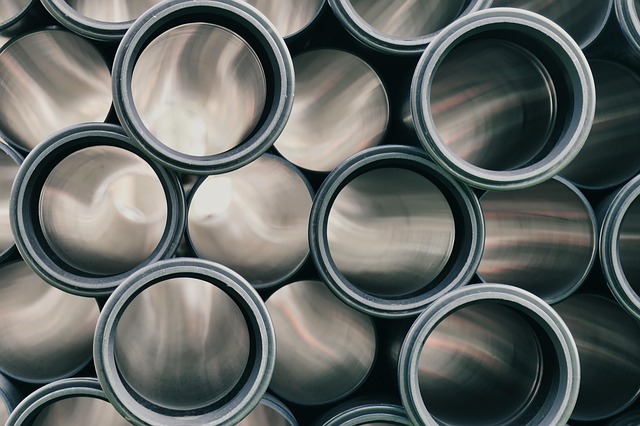When it comes to staying ahead in today’s rapidly evolving business landscape, adaptation is key. And what better way to enhance adaptation than by leveraging the power of robotics and artificial intelligence for providing environmental feedback?
In recent years, the integration of robotics and artificial intelligence has revolutionized how businesses can monitor and manage their environmental impact. These technologies have enabled companies to collect data in real-time, analyze patterns, and make informed decisions to minimize their carbon footprint.
With the help of robotics, businesses can automate processes that were once manual, ensuring greater efficiency and accuracy. Whether it’s monitoring energy consumption, waste management, or emissions, robots can collect data tirelessly, allowing for a more comprehensive understanding of environmental feedback.
Artificial intelligence plays a crucial role in interpreting this data. By utilizing AI algorithms, businesses can identify trends, forecast future impacts, and recommend strategies for improvement. This not only streamlines decision-making processes but also ensures that businesses are proactive in their environmental efforts.
Furthermore, the automatisation of environmental feedback through robotics and AI enables businesses to respond more quickly to changing conditions. Whether it’s adjusting energy usage based on real-time data or optimizing production processes for minimal waste, these technologies empower companies to adapt swiftly to new challenges.
As we continue to witness the transformative power of robotics and artificial intelligence, it’s evident that businesses can play a significant role in sustainability through improved environmental feedback. By embracing these technologies, companies can not only enhance their adaptation capabilities but also contribute to a greener, more sustainable future for all.




